Madison Marquette CEO: ‘For Now, We Are Playing Offense’
Vince Costantini discusses the company’s investment strategy after a busy 2019 and phase 2 of its Wharf project in Washington, D.C., which is now underway.
Over the past year, Madison Marquette finalized the merger with The Roseview Group and, together with its development partners at Hoffman-Madison Waterfront, obtained the largest loans in D.C. history—an $800 million refinancing of The Wharf Phase I and $847 million for the construction of Phase II.
Following the merger, Roseview Founder Vince Costantini took on the roles of CEO and CIO of Madison Marquette. After six months in his new role, Costantini outlines for CPE the firm’s investment strategies and his overall goals.
READ ALSO: The Wharf Kicks Off Phase 2 in DC
The merger with Roseview was a milestone in Madison Marquette’s transition from development to third-party services company. What can you tell us about the company’s future as a developer?
Costantini: The company’s merger with PMRG in 2018 was actually more significant in regard to Madison Marquette’s expanded third-party management and leasing services platform than the Roseview transaction.
While Roseview brought a number of synergistic businesses to the Madison platform, including a highly successful value-added investment fund, PMRG brought real scale to the Madison services platform. This increased footprint in services and value-add investment has had the effect of diversifying our historical allocation to development.
Hoffman-Madison Waterfront received what is said to be the largest private construction loan in the history of D.C. What can you tell us about this deal and the second phase of The Wharf, which is now underway?
Costantini: The Wharf Phase 1 was one of the most complex public-private development projects in the United States—encompassing $2.5 billion in new office space, condos , apartments and retail as well as state-of-the-art music halls, parks, four new piers, a new yacht club, a boardwalk along the Washington Channel and hundreds of new boat slips. The Wharf’s Phase 1 was structured to minimize risk, such as proceeding with the trophy office building at 1000 Maine only with sufficient pre-leasing. This approach was attractive to investor partners and built confidence with Congress and City officials.
In addition to the private financing we secured, the District invested some $200 million on infrastructure, including sewers, roads and cobblestone promenades. Phase II has the advantage of following on Phase I, which has had such a strong track record of success and has created substantial acceleration of demand for the project. The Phase II construction loan, the largest in the history of the city, reflects continued investor confidence in The Wharf’s place-making appeal, significant pre-leasing success and overall ROI credibility.
What are the main trends and challenges when it comes to financing large multifamily projects or mixed-use developments with a large residential component?
Costantini: I think it is fair to say that Class A residential is overbuilt in many locations across the country, so we are late in the cycle. Also, we have seen significant increases in construction costs over the past several years, so we believe now it’s prudent to be cautious when considering opportunities to build large multifamily projects or mixed-use developments with a large residential component.
Also, while financing is still available for well-structured and well-located opportunities, it is exceptionally difficult to finance large residential projects that are not fully entitled as the added risk when combined with the issues raised above are real impediments to securing financing.
That said, we are seeing opportunities in select markets—markets that enjoy low unemployment numbers, effective public transportation and attractive environments for a live-work-play demographic.
Tell us about the company’s upcoming projects. What makes them stand out?
Costantini: Madison has been the beneficiary of a number of new opportunities over the last several months. We closed or are in the process of closing on three value-added investments: two in multifamily and one in office. We also have begun to work with our local partner on the Armed Forces Retirement Home project in D.C. that we were awarded in October. We are about to begin a large project for the Veteran’s Administration in Montana. We have also been selected as a finalist by a large pension fund to redevelop and densify a large retail center in Florida and are set to begin a new senior living development also in Florida. We have a lot on our plate at present.
What are, in your opinion, the best markets for investment in 2020? Do you have any markets in mind for expansion in the years ahead?
Costantini: We invest in the “smile” of the U.S.—from Seattle down through California, Texas, Florida and up the eastern seaboard to Boston. We like these markets—and have teams on the ground providing great insight and visibility around opportunities that fit our services or investment parameters.
Madison Marquette has a significant retail portfolio, a segment that has been particularly challenged lately. What can you tell us about the retail market?
Costantini: Retail is changing, but it is not going away and rumors in the press about its demise are overly exaggerated, at least in our view. While there are clearly retail-centric real estate assets that will never come back—from anchor department stores and traditional big box venues—there are very interesting opportunities to update and rethink otherwise well-located infill lifestyle and related centers that will yield investors strong risk-adjusted returns.
Essentially, the asset class is out of favor by both debt and equity providers, so for firms that have the experience and ability to separate what can be repositioned from opportunities that will never make sense, there is significant opportunity to create alpha.
READ ALSO: Retail Remains Resilient
What are your goals as Madison Marquette CEO and what is the company’s strategy for 2020?
Costantini: We’ve been blessed with the combination of new partners with capabilities that are far deeper than what each of the three firms had in the past. We need to be selective in our focus and decide where we can help our clients and partners create the greatest opportunity for the least risk. It is an exciting time for our company.
Do you see a market slowdown ahead? What are your predictions for 2020?
Costantini: We haven’t really seen a slowdown in the markets where we are most active. Unemployment is low, the consumer is healthy, and the lending community is fairly conservative across all product types. We all face the continued risk of rising construction costs, but for now we are still playing offense.

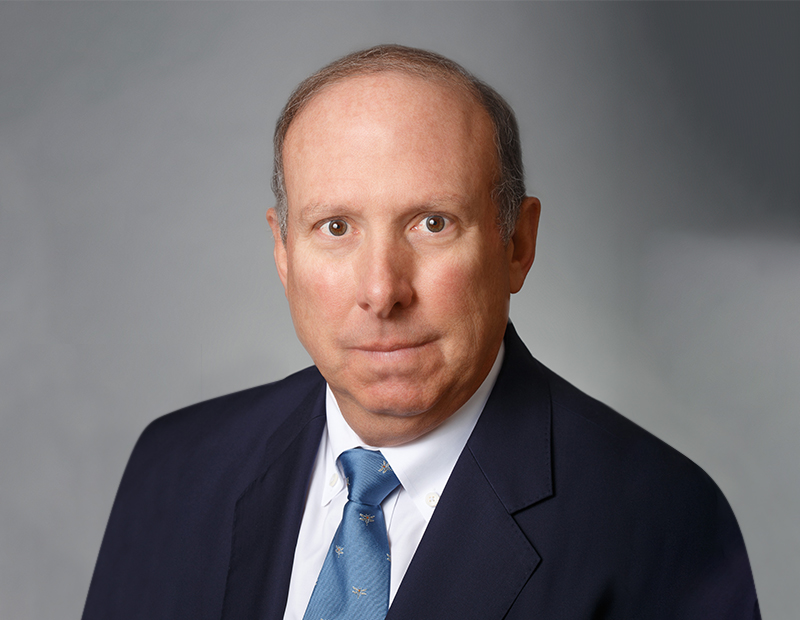

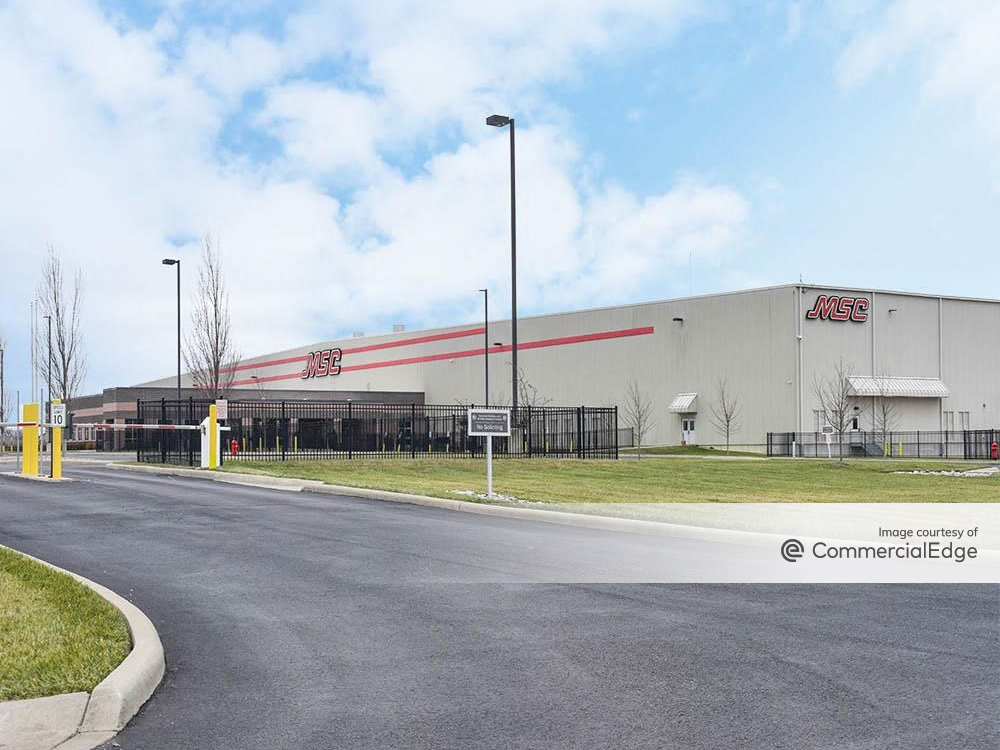
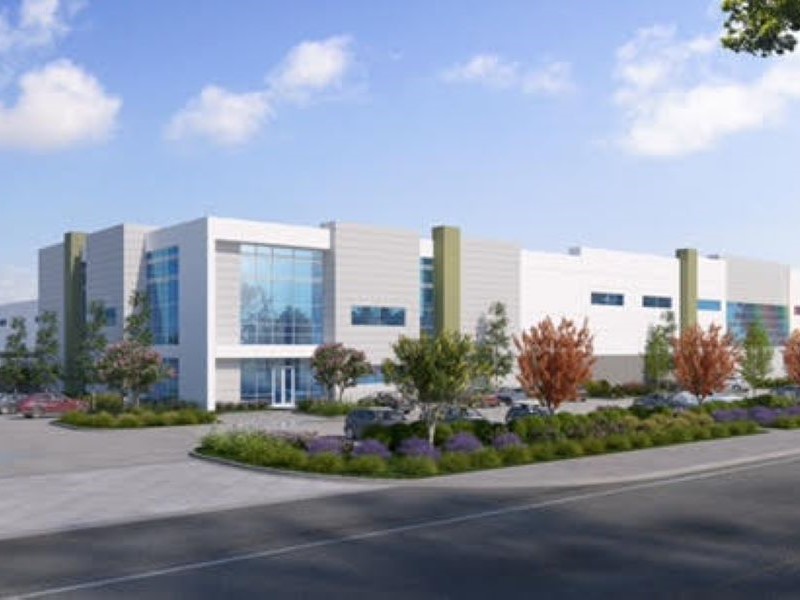
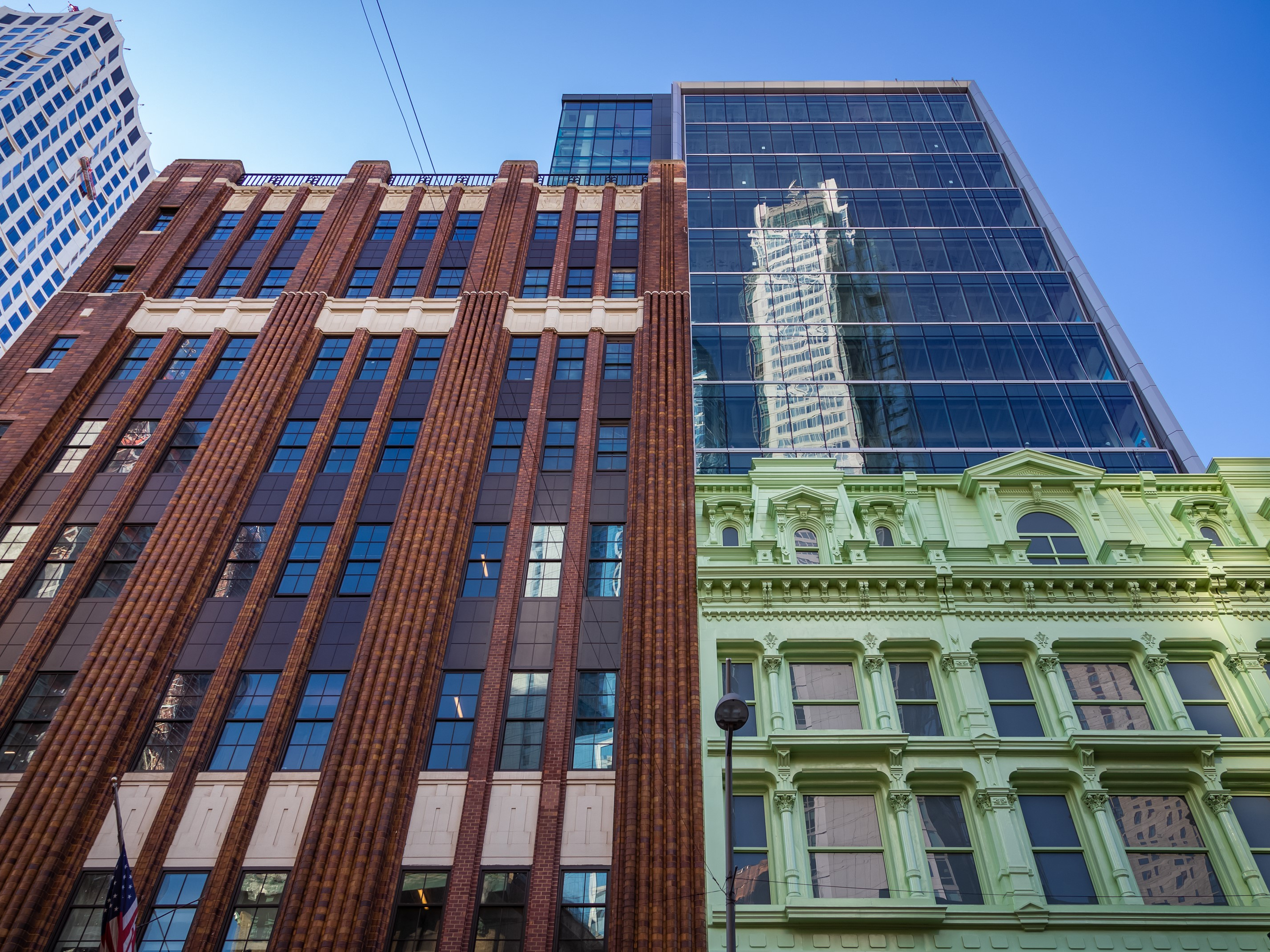
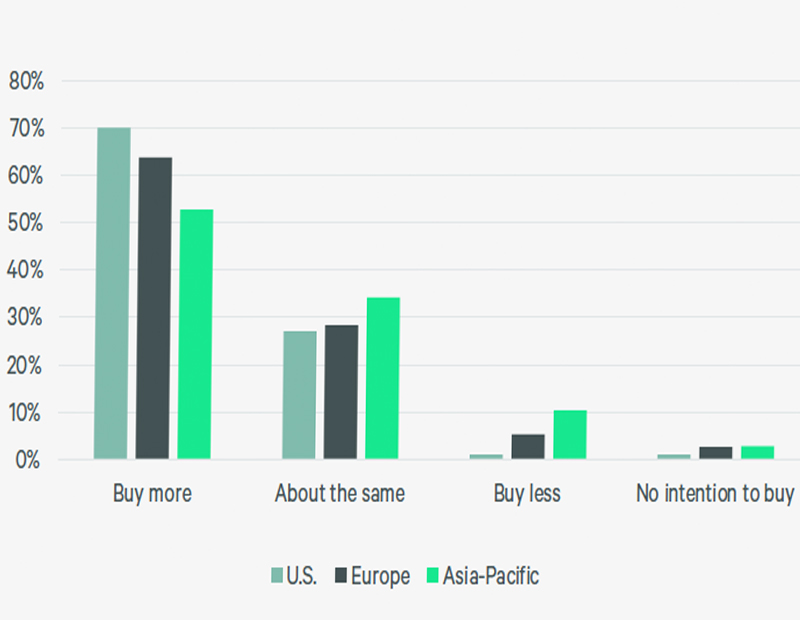
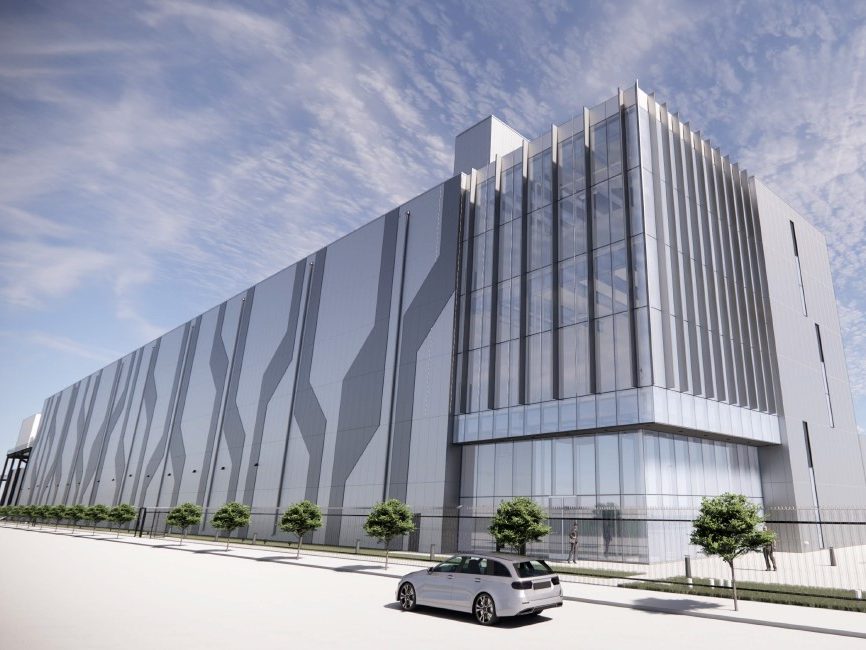
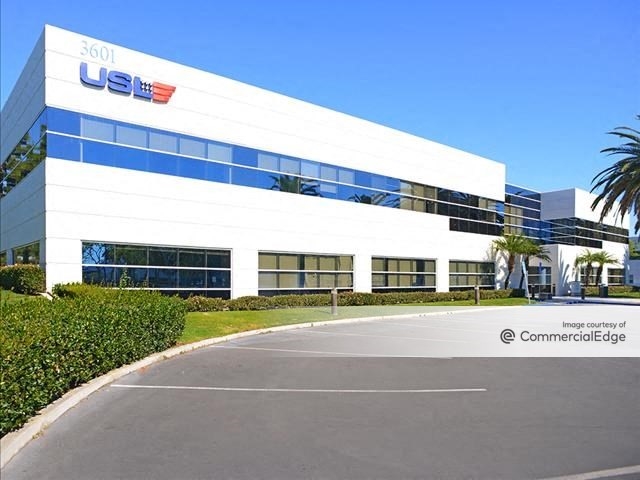
You must be logged in to post a comment.